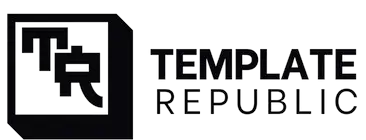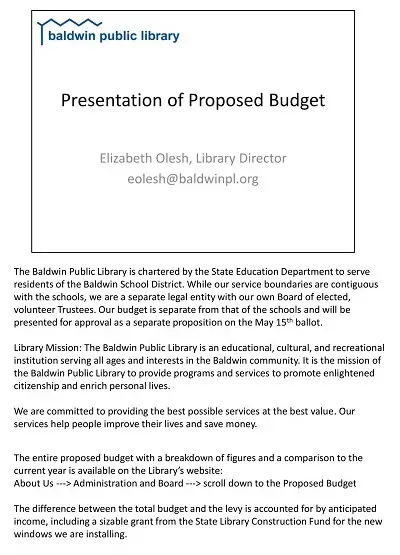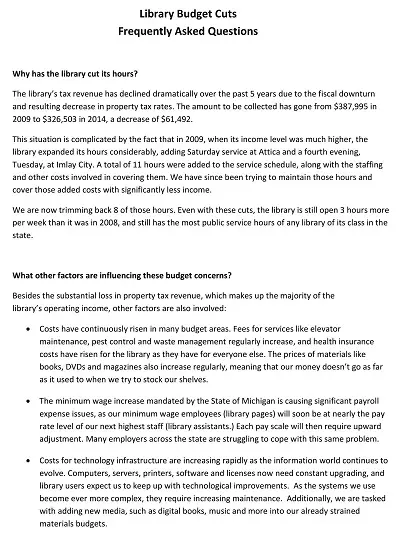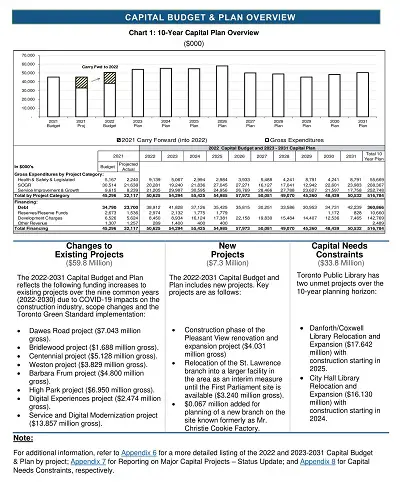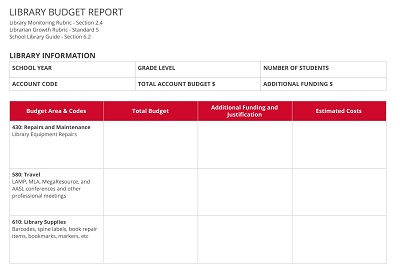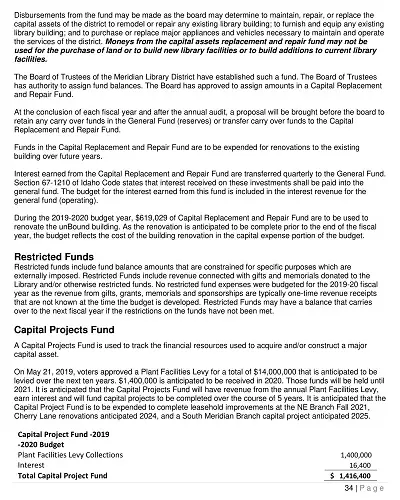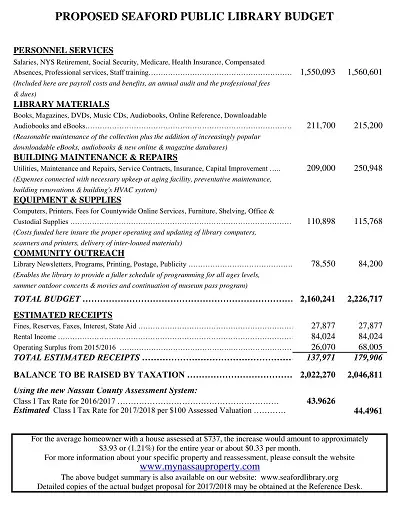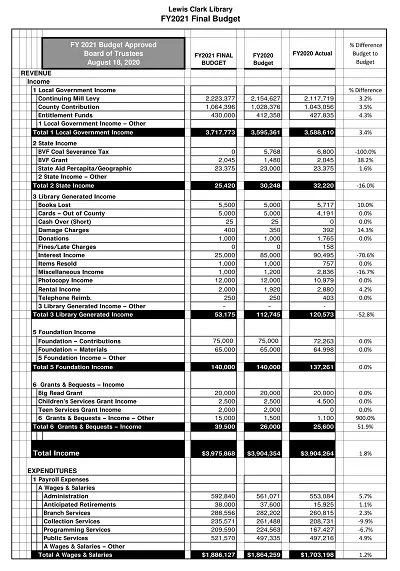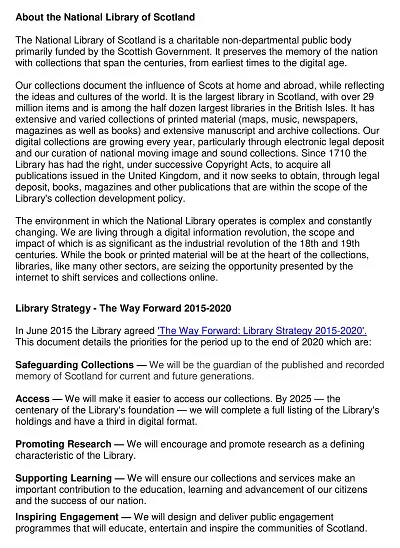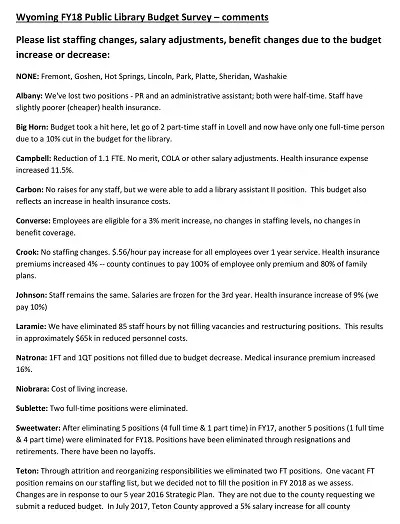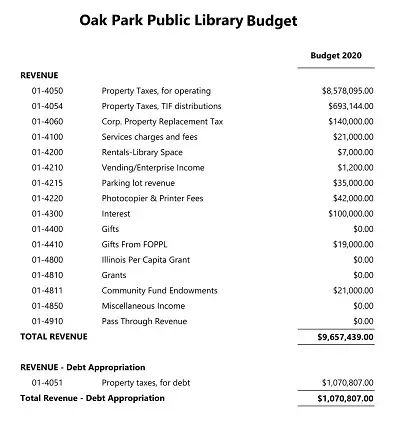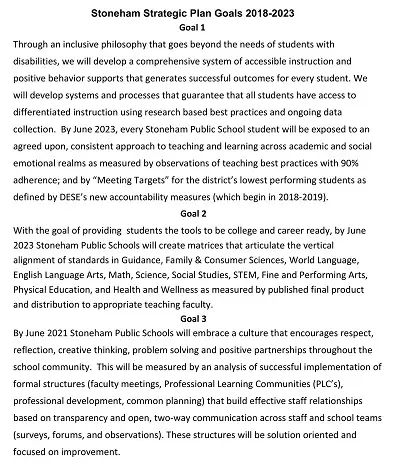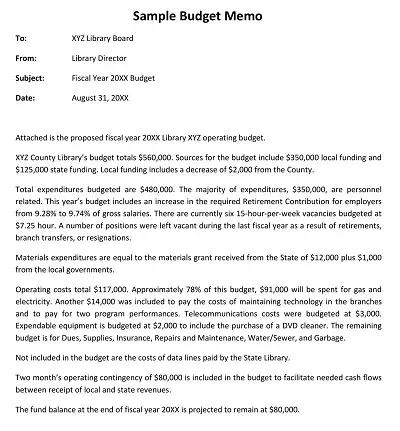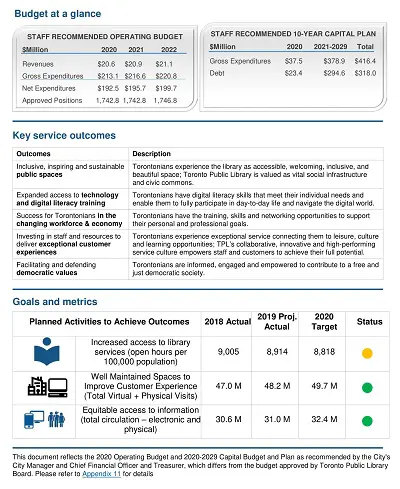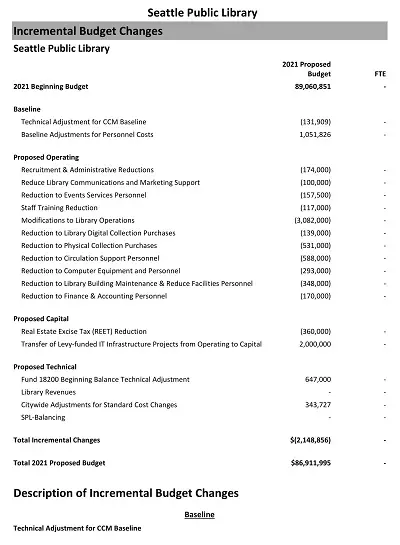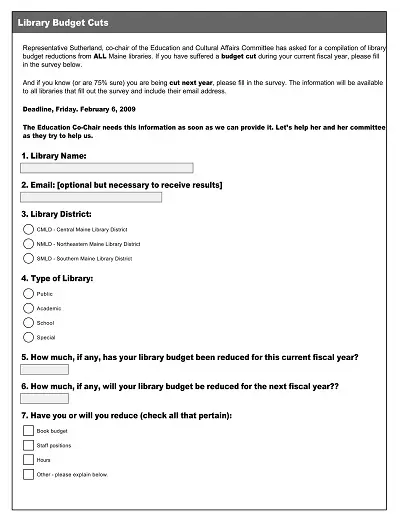22+ Free Public Library Budget Templates & Examples – PDF
The public library budget template is a powerful tool for anyone looking to create an effective and efficient budget. It offers a comprehensive view of the finances necessary to run a successful library, allowing users to adjust spending in order to best meet their desired objectives.
Table of Contents
By inputting detailed information about expected income and expenses, including staff payroll and capital expenditures, the template can help predict revenues and create different scenarios before investing resources in any particular project. With its straightforward layouts, it’s no wonder why so many libraries have chosen this important template as a part of their regular budgeting process.
Download Free Public Library Budget Templates & Examples
Importance of Effective Budgeting for Public Libraries
In today’s digital world, public libraries remain crucial resources for providing educational and recreational materials to underserved communities. Effective budgeting for these resources is critical for ensuring proper access to materials, addressing changing technology needs, and offering programs such as story time and Internet access. An efficient allocation of funds can also provide job training and workforce development classes that help local citizens build necessary job skills.
Ultimately, the importance of effective budgeting for public libraries lies in its ability to bring important services to those who may not otherwise have access. Consequently, wisely allocated funding has the power to enrich lives, by both providing materials that promote learning and discretion as well as serving as a hub for beneficial activities.
Benefits of Budgeting for Public Libraries
Public libraries are a vital part of many communities, and budgeting for public libraries can have numerous positive effects. For instance, when a library is properly funded, it can provide its patrons with up-to-date books, magazines, and other materials that are both educational and entertaining. Funds can also pay for knowledgeable librarians who can help the public find resources and directed reading material.
Libraries often host events such as lectures, book clubs, reading groups, and other activities that not only benefit users but also serve to bring people in the community together. On top of this, libraries provide access to computers and the internet which may be hard to come by otherwise in some locales. Budgeting well for public libraries is an important step in supporting these important community centers.
Sources of Public Library Funding
Funding for public libraries is always a hot topic and can come from many different sources. In times of financial crisis, it’s important to ensure that the public library continues to provide essential services in communities around the world. Public libraries are funded through a combination of local, state, and federal governments, as well as foundations, corporate donors, and private donations.
Those who advocate for public library funding understand the tremendous impact they have on their respective communities, by providing access to knowledge and resources to a broad range of individuals. Even though there are disagreements on how much money should be allocated towards public library funding, one thing is certainly strong support and adequate resources are essential in order to help people get the most out of their local libraries.
How to Create an Effective Public Library Budget Template
As a public library administrator, it is your responsibility to create a budget that meets the needs of your patrons while staying within the allocated funds. To do this, you need to be well-versed in the ins and outs of developing a budget that takes into account all costs associated with running a library. A well-crafted public library budget can help make this process easier by ensuring that all necessary expenses are included and accounted for. Below, we’ll discuss how to create an effective public library budget template.
First, gather any available data on past budgets or financial statements as these will provide valuable insight into what expenses must be taken into consideration when creating your new budget. You should also take into consideration any changes in services or staff since the last budget was created as these can have an impact on the amount of money needed for various expenditures. Additionally, you may want to talk with other librarians about their experience creating budgets in order to get more ideas on where money should be allocated.
Next, you’ll need to determine which categories are necessary for your library’s budget template. Generally speaking, most libraries include categories such as personnel salaries/benefits, materials/supplies, technology/equipment, programming/services, and administration/overhead costs. Once you have established all the categories needed for your public library’s budget, you can begin entering estimated amounts for each line item. Be sure to leave some room in each category so that unexpected costs can be covered if they arise during the course of the year.
Finally, make sure that your public library’s budget template accounts for any potential changes or fluctuations in funding throughout the year. This could include possible increases or decreases in the state or local funding sources as well as any grants or donations received from private donors or organizations. By taking these potential changes into consideration when creating your budget template now, you will ensure that no surprises arise later down the road when it comes time to adjust spending due to unforeseen financial circumstances.
